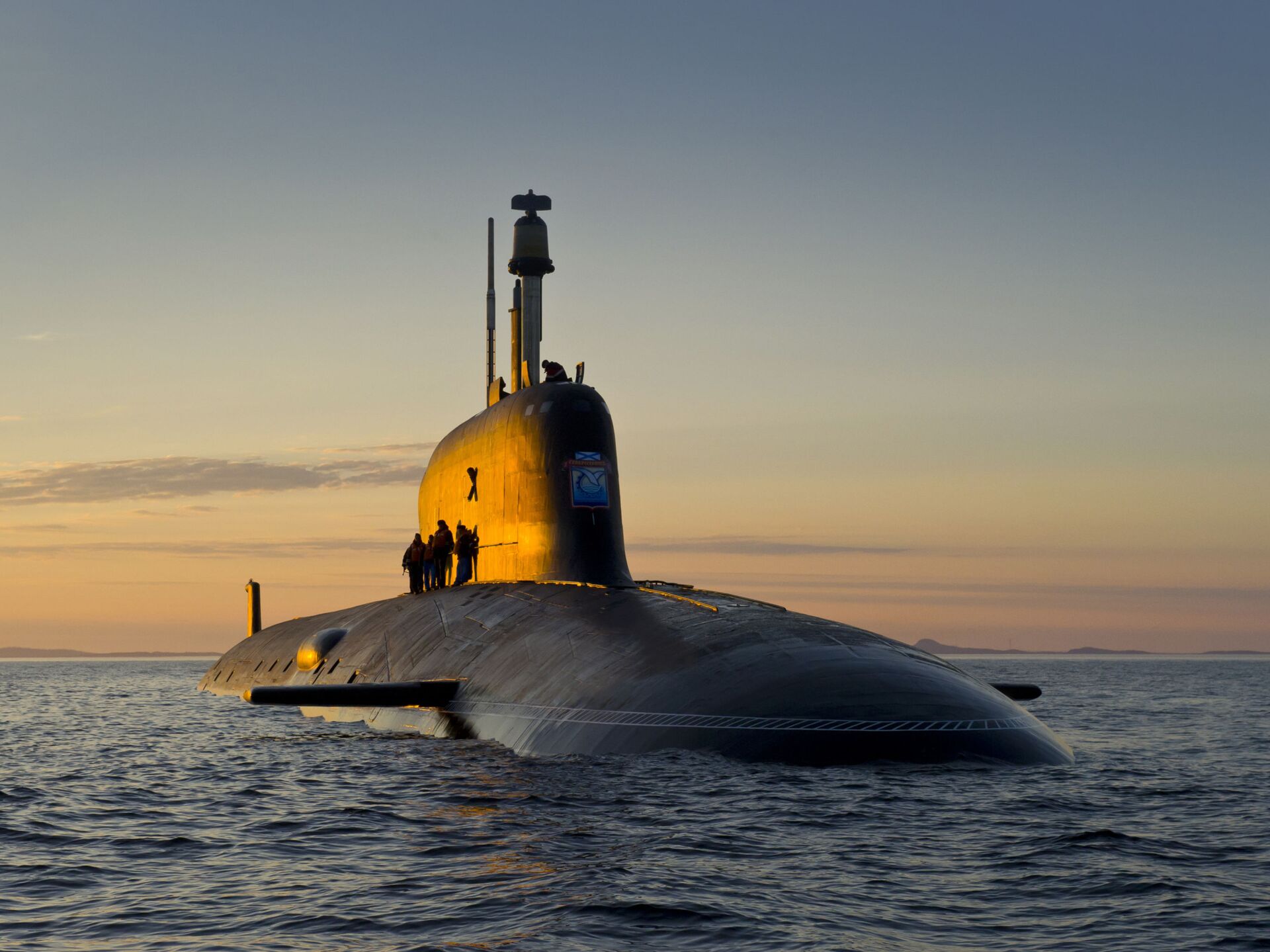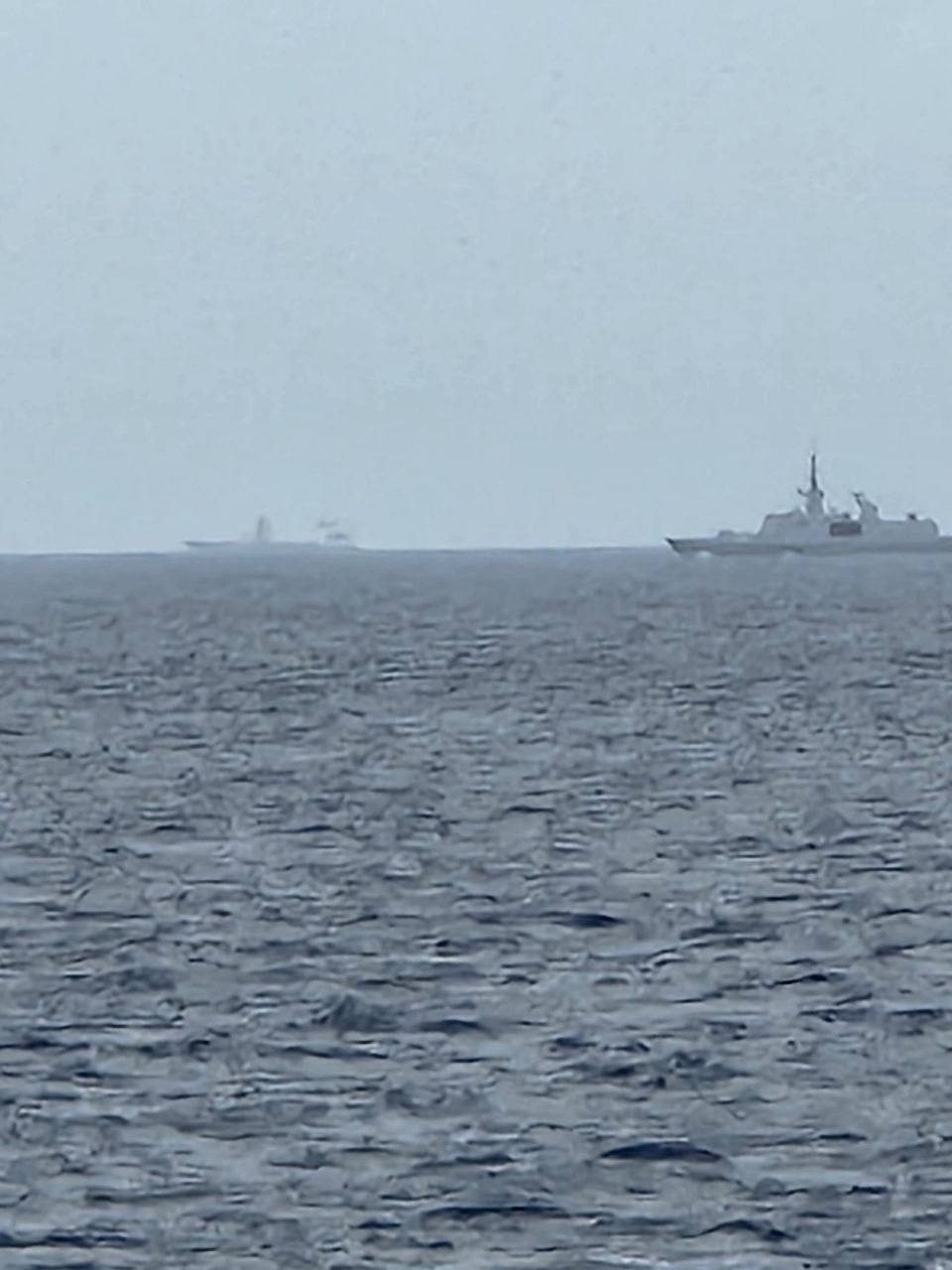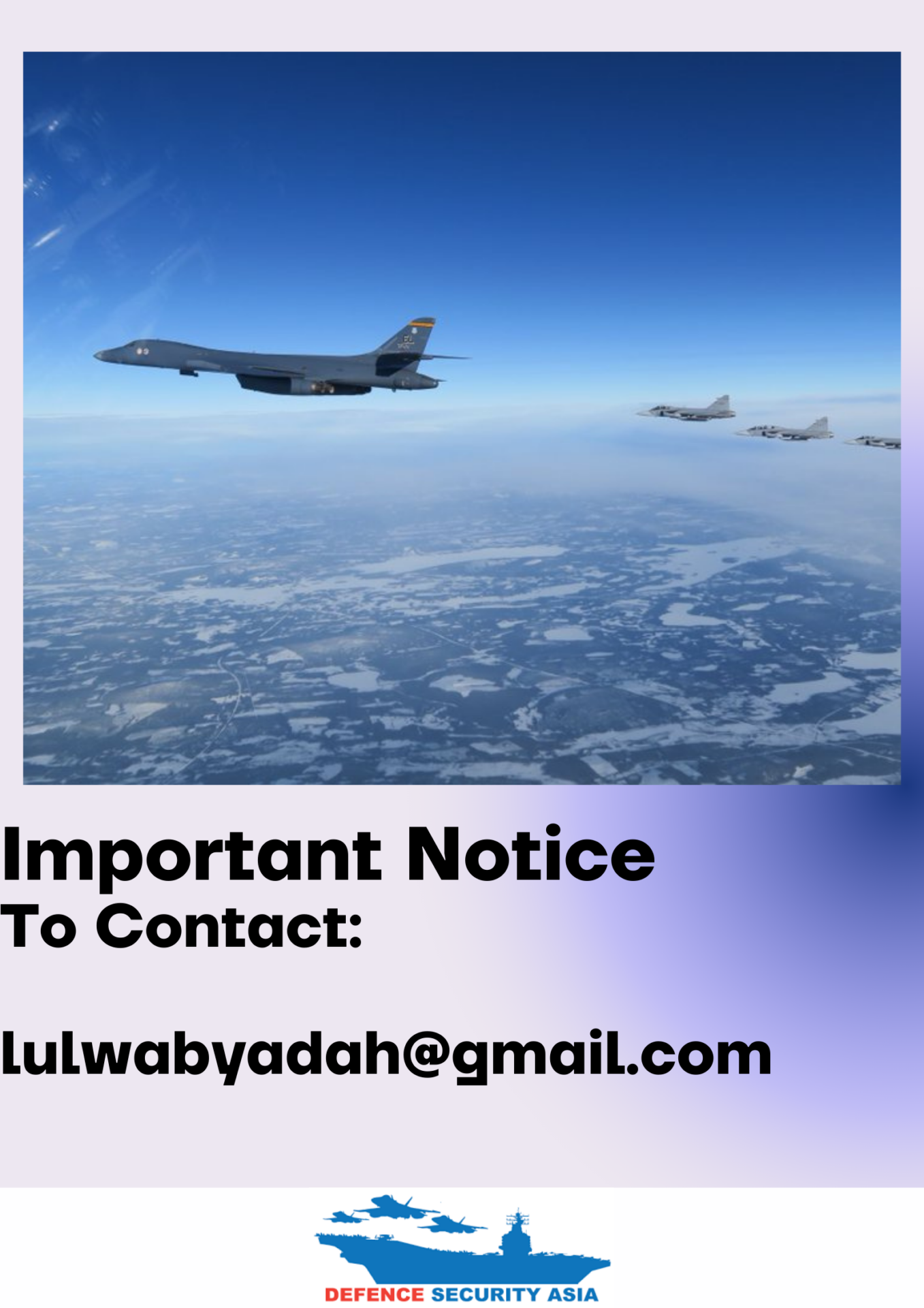Russian Warships Conduct Long-Range Attack Simulation Near U.S. Waters While En-Route to Cuba
Both the "Admiral Gorshkov" and "Kazan" submarine are equipped with hypersonic "Tsirkon" missiles, capable of reaching speeds of Mach 10 and striking targets over 1,000 kilometers away, in addition to "Kalibr" and "Oniks" cruise missiles for long-range engagements.
(DEFENCE SECURITY ASIA) — Russian Navy vessels, including a highly-capable super-quiet submarine, will conducted a long-range attack exercises near the United States’ coastline, while en route to Cuba.
The group, comprising the frigate “Admiral Gorshkov,” Yasen-class submarine “Kazan,” fuel supply ship “Pashin,” and rescue tugboat “Chiker,” represents some of the most advanced surface warships and nuclear-powered submarines in the Russian fleet.
According to a statement from the Russian Ministry of Defense, these exercises involved simulated long-range attacks on “enemy” naval targets approximately 600 kilometers away.
Both the “Admiral Gorshkov” and “Kazan” submarine are equipped with hypersonic “Tsirkon” missiles, capable of reaching speeds of Mach 10 and striking targets over 1,000 kilometers away, in addition to “Kalibr” and “Oniks” cruise missiles for long-range engagements.
A video released by the ministry shows the “Admiral Gorshkov” conducting these exercises in undisclosed waters, although observers note their proximity to the U.S. coastline.
Previously, the “Admiral Gorshkov” had engaged in air defense exercises using cannons and air defense systems.

While the exact location of these war games remains undisclosed, it is believed to be close to U.S. maritime borders.
Yesterday, these Russian warships were reported to be about 66 miles (106 kilometers) from the Florida coast as they headed toward Cuba.
Open Source Intelligence (OSINT) and tracking data indicate that U.S. and Canadian naval and air assets are shadowing these Russian vessels.
U.S. and Canadian Navies have deployed anti-submarine aircraft, including the P-8 Poseidon and P-3 Orion, to monitor these ships, especially the Yasen-class submarine “Kazan.”
The U.S. Coast Guard vessel CG Stone, along with the U.S. Navy destroyers USS Truxtun and USS Donald Cook, and the Canadian Navy frigate HMCS Ville de Quebec, are also involved in shadowing the Russian ships.
Reports suggest that a French Navy La Fayette-class frigate is participating in these operations as well.

The close proximity of Russian military assets carrying various potent weapon systems near American and Canadian waters has reportedly caused concern in Washington, prompting the deployment of warships and anti-submarine warfare (ASW) aircraft to monitor the Russian fleet, particularly the frigate “Admiral Gorshkov” and submarine “Kazan.”
In a recent statement, the Cuban Foreign Ministry announced that four Russian warships would visit Cuba next week, marking the most significant presence of Russian warships in the Caribbean nation in decades.
The visits underline the longstanding friendship and diplomatic and military ties between Moscow and Havana.
The Cuban government has clarified that these Russian warships, stationed in Central America near the U.S. from June 12 to 17, will not carry nuclear weapons and pose no threat to the region.


Despite the strategic implications of the Russian warships’ presence in Cuba, U.S. officials have stated it does not pose a security concern.
This event occurs as Russian President Vladimir Putin declares that Russia will take asymmetrical actions worldwide in response to the U.S. allowing Ukraine to use supplied weapons to attack Russian targets. — DSA


